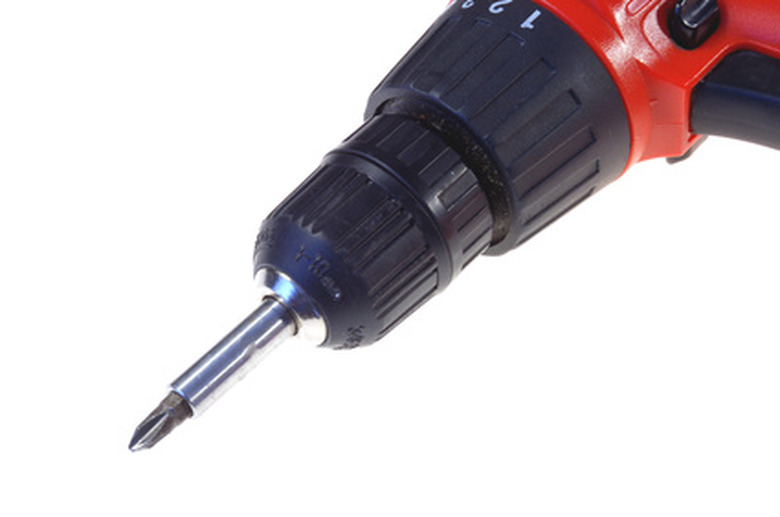How To Measure Electric Motor Torque
Torque refers to the rotational effect produced when force is applied to an object and is measured in Newton-meter (N.m) in metric system, or pound-feet in U.S. system. Electrical energy, measured in watts, can be used to produce torque, and an electric motor is a good example of electrical energy that can produce torque. Measuring electric motor torque requires using a formula.
Step 1
Look at the owner's manual of the electric motor, or electrical appliance that has an electric motor (such as a power screwdriver). Find the rating of the motor in terms of volts, amperes, and rpm. Look at the manufacturer's nameplate or tag attached to the motor, or appliance in case there is no owner's manual.
Step 2
Multiply the number of volts by the amperes to calculate the number of watts of the motor. For example, the number of watts of a power screwdriver with a rated voltage of 120 volts and 4 amperes is 480 watts (120 volts x 4.0 amps = 480 watts).
Step 3
Divide the number of watts by 746 to get the horse power rating of the electrical motor. Using the example numbers, divide 480 watts by 746 to get the equivalent horsepower (480 watts divided by 746 = 0.6434316 horsepower).
Step 4
Multiply the horsepower by 5,252 using a calculator. Using the example figure, multiply 0.6434316 by 5,252 to get 3,379.3027.
Step 5
Divide the answer by the motor's rated number of rpm to get the measurement of the torque in pound-feet. Using the example figure, divide 3,379.3027 by 2,500 rpm to arrive at 1.351721 pound-feet of torque.
Cite This Article
MLA
Avenir, Raul. "How To Measure Electric Motor Torque" sciencing.com, https://www.sciencing.com/measure-electric-motor-torque-7810276/. 24 April 2017.
APA
Avenir, Raul. (2017, April 24). How To Measure Electric Motor Torque. sciencing.com. Retrieved from https://www.sciencing.com/measure-electric-motor-torque-7810276/
Chicago
Avenir, Raul. How To Measure Electric Motor Torque last modified March 24, 2022. https://www.sciencing.com/measure-electric-motor-torque-7810276/
